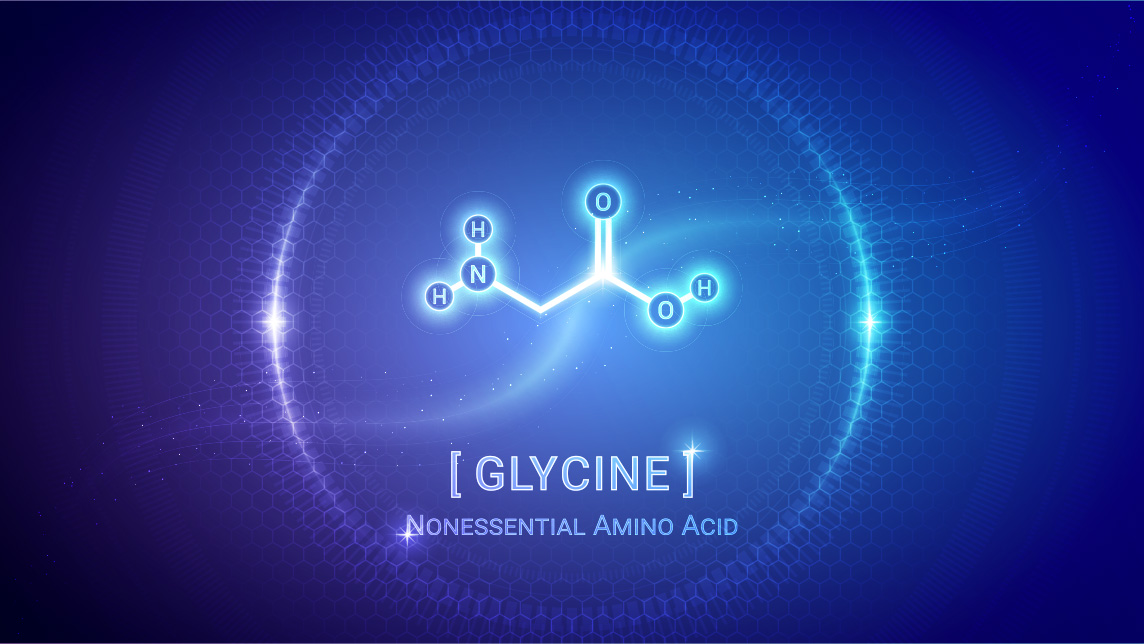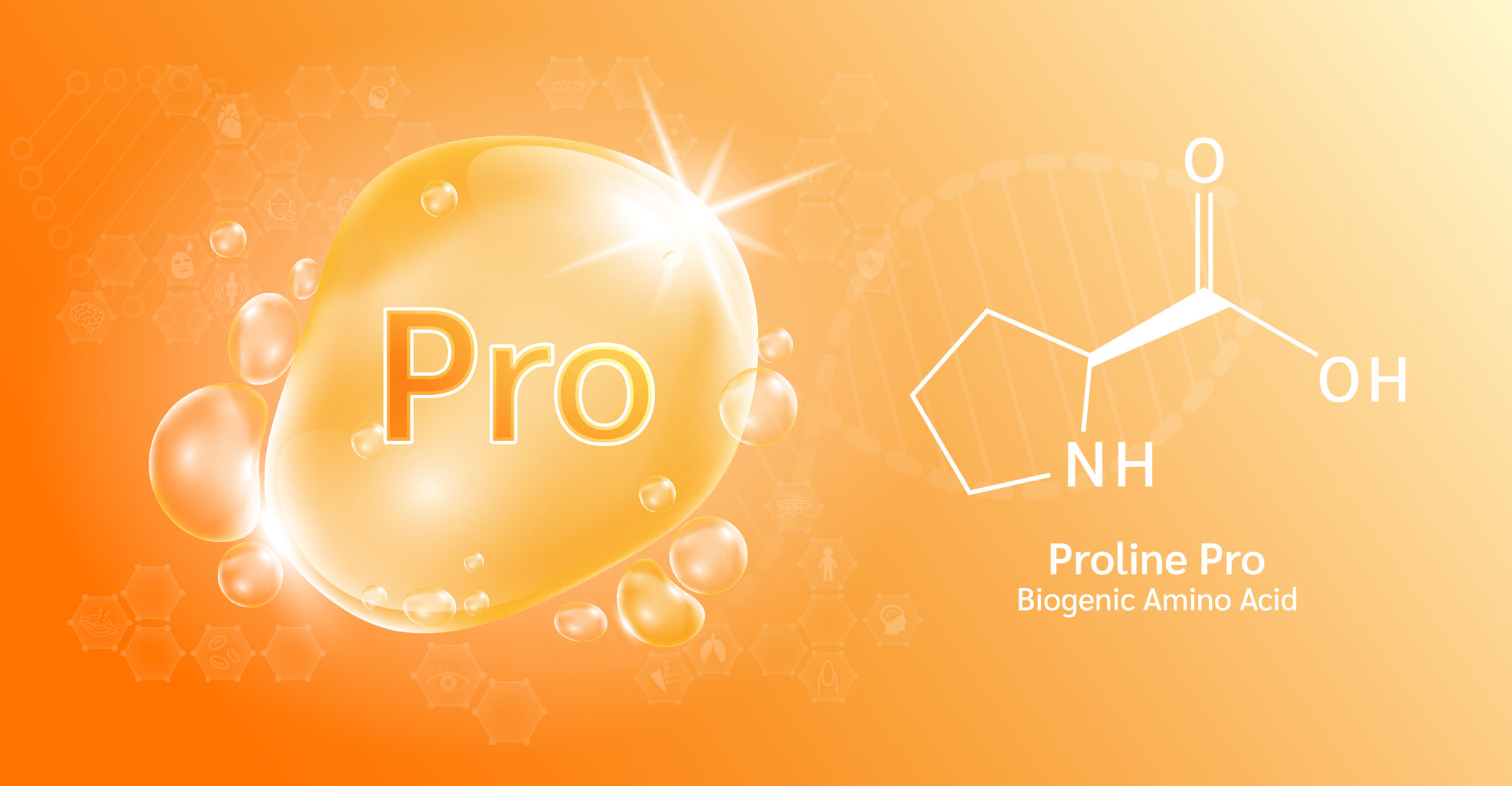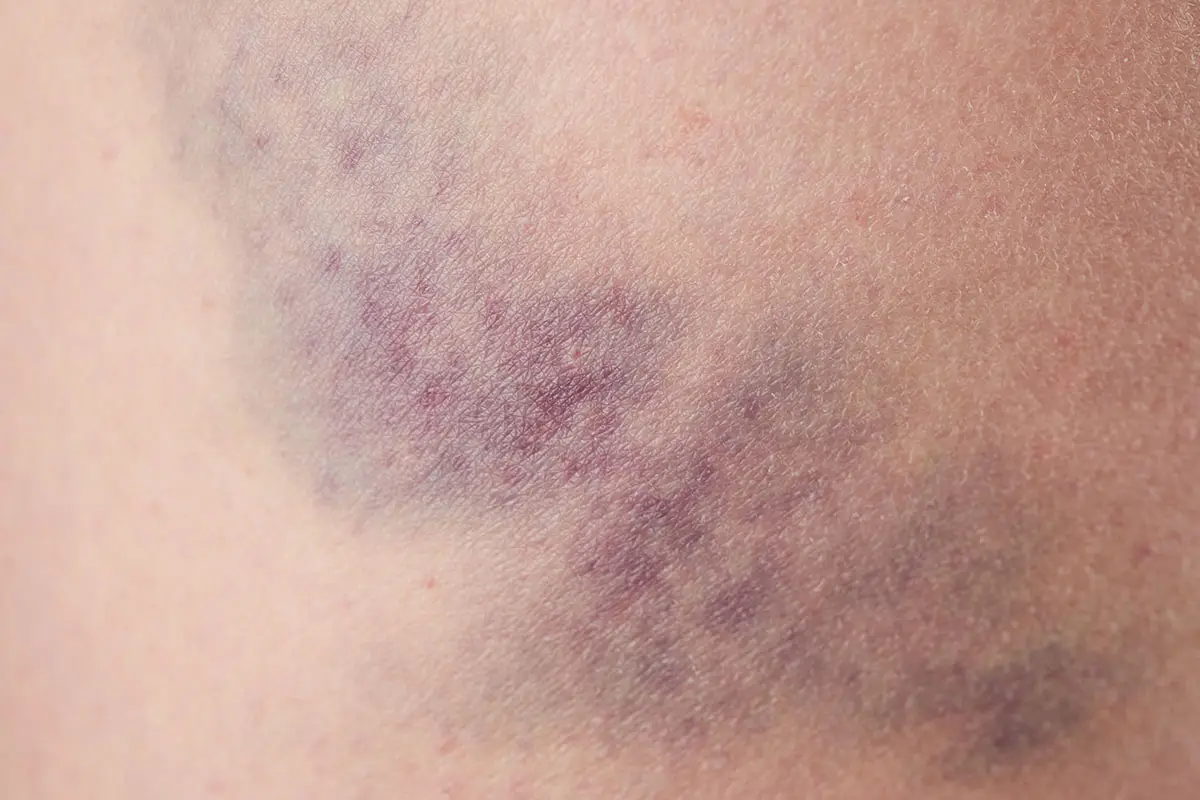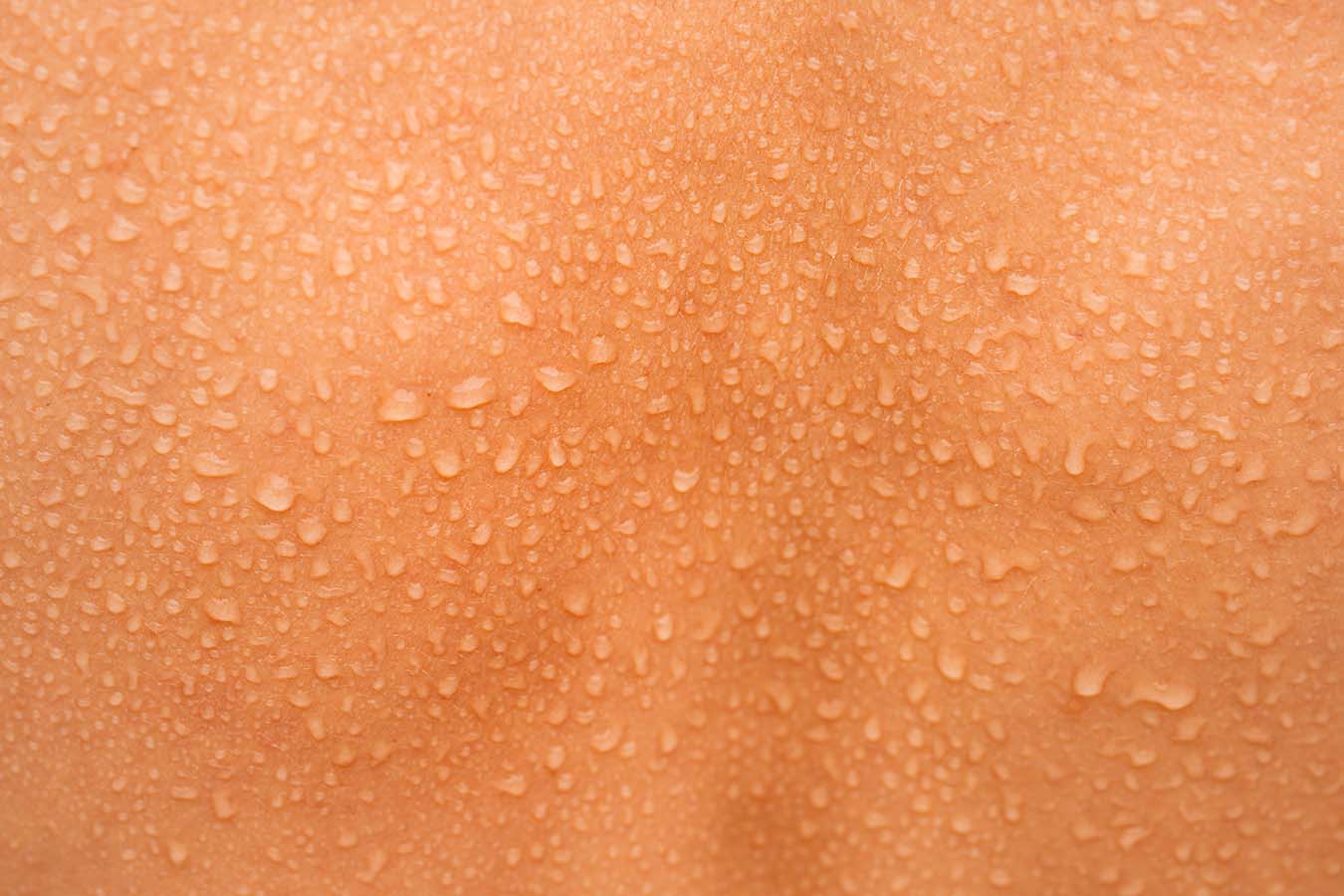
There has been a lot of talk lately about the ability (or inability) of topically-applied skin care ingredients to be absorbed into your skin, where they can set to work helping to improve its appearance. The fact of the matter is, however, that effective skin penetration of skin care ingredients can be quite complicated and will highly depend on a variety of factors, including the specific formulation that it contains. Here is an overview of how various ingredients may or may not penetrate the skin, and what this means for your skin care products.

On a molecular level, different ingredients are more or less able to be absorbed into the skin because of the size of their molecules. As a general rule of thumb, most experts support the theory of the “500 Dalton rule” when it comes to skin penetration. A dalton, or AMU (atomic mass unit) is a standard unit of measurement of molecular mass. The 500 Dalton rule theorizes that only molecules of 500 daltons or less are able to effectively penetrate human skin. Molecules larger than this size are thought to be too large to do so [1]. While there are some exceptions to this rule, 500 daltons seems to be the generally accepted size that a particular molecule needs to be in order to effectively penetrate into the deeper layers of skin. That said, this doesn’t necessarily mean that larger molecules can’t be effective as well, but they may be in a different way. This is because some products are specifically designed to remain near the surface of the skin, such as petroleum jelly and physical sunscreens. Other ingredients, including amino acids, work best when they are able to penetrate the stratum corneum in order to reach the underlying epidermis and dermis of the skin. Amino acids are known to be easily absorbed into the skin because of their small molecular size, as well as number of other characteristics, including the charge or neutrality of the particular molecule [2].

Another important aspect to consider when discussing skin penetration is that most skin care products are formulated using a number of various ingredients, not just one of a uniform molecular size. Thus, the details of the formulation of the product can affect its ability to penetrate the protective skin barrier. Some skin care products, for example, are creating using a process called emulsification, which means that oil and water have been blended together in order to create an emulsion. Using an emulsion may help to enhance the penetrability of certain ingredients, as the outer layer of skin attracts oil, while the inner layers of skin contain more water, making it difficult for oil-based products to pass through. In a similar sense, some formulations may include certain ingredients that have been shown to enhance the permeability of the product as a whole. Current research suggests that amino acids may help other ingredients to more effectively reach the middle layer of skin, when they otherwise may have remained near the surface [3].

The bottom line is that the ability of a particular skin care product to effectively penetrate the outer layer of your skin will depend on a number of variables, including molecular weight, formulation, and the presence (or lack thereof) of permeation enhancers like amino acids. Because amino acids can easily penetrate the skin themselves, as well as help other ingredients to do so as well, they are are quickly becoming some of the most talked-about skin care ingredients in the industry. They have been shown to improve a wide range of skin concerns, including dry, flaky conditions, signs of aging, razor burn, sunburn, and even minor cuts and scrapes.









